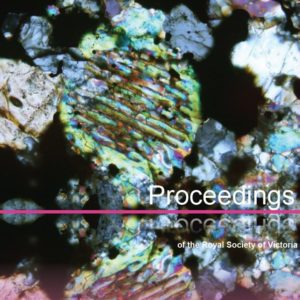The current rate of temperature and atmospheric carbon dioxide increase is almost unprecedented in Earth’s entire 4.5-billion-year geological history. The only other time global temperatures and conditions changed this dramatically was when an asteroid hit the Earth 66 million years ago, famously triggering an age of mass extinction and a rapid increase of 5 °C in global temperatures that lasted for roughly 100,000 years.
On digital platforms, disinformation can be introduced by a malicious group or individual, and then shared by many different people – who may have no intention to deceive – as misinformation. With a tsunami of misinformation impacting our public and environmental health and sowing sociopolitical discord around the world, how can we act to protect ourselves and our communities?
People often say that we are not born racist, however the truth is actually more complicated: new-born infants exhibit no preference for faces of various ethnic groups, however from the age of 3 months, infants begin to take longer to scan faces – indicating that they are thinking more about appearances – and exhibit a preference for faces of their parents’ (and own) ethnic group(s). These findings imply that while we may not be born racist, our perceptions of ethnic differences are learned during early development as a result of exposure to own- versus other-race faces. In this reflective piece, Catriona Nguyen-Robertson considers the neuroscience of racism as presented to the Society by Dr Larry Sherman, drawing parallels to her own experience as an Australian with a mixed heritage of Vietnamese and Scottish parentage.








